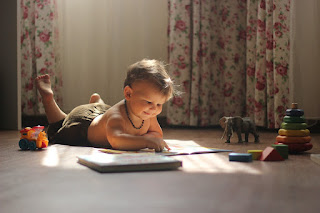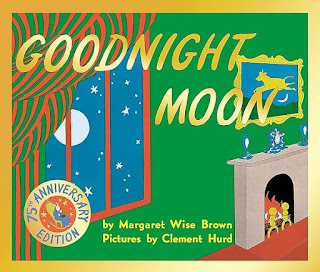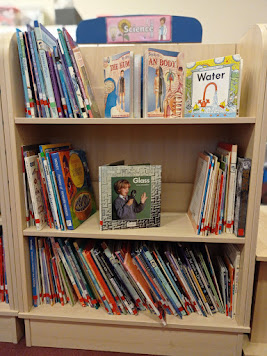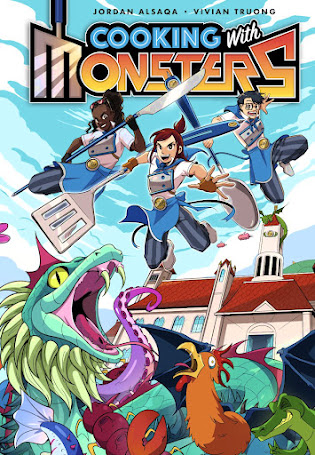Exploring the Literary Landscape: Introducing Primary School Children to a World of Genres

I n the enchanting realm of literature, there exists a diverse tapestry of genres and styles, each offering a unique journey of discovery and imagination. For primary school children, exploring this literary landscape is not only an exciting adventure but also a valuable opportunity to broaden their horizons, nurture their love for reading , and develop essential literacy skills . At our school, we are dedicated to cultivating a passion for reading by introducing children to a variety of genres through themed reading lists and engaging discussions. Let's delve into how we embrace the magic of genre exploration in our classrooms. 1. Diverse Reading Lists for Every Age : We believe in the power of curated reading lists tailored to the interests and reading levels of each age group. From Year One to Year Six, we offer a selection of books spanning various genres, including fantasy, mystery, science fiction, historical fiction, and non-fiction . These reading lists serve as roadmaps ...






